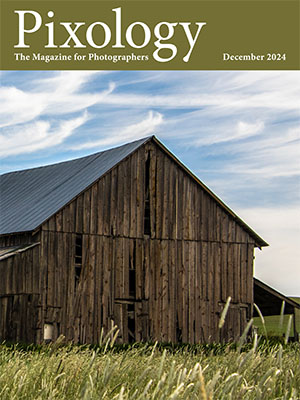Today’s Question: I went to import photos into Lightroom Classic without realizing that the drive letter had changed from F: to D: [this would be the equivalent of the volume label for Macintosh users]. Having caught the drive letter issue, I changed it to F:. That caused Lightroom Classic to recognize the 200,000 photos in my catalog, but the 600 photos I had just imported appear missing because Lightroom Classic expects them on the D: drive. How can I fix this?
Tim’s Quick Answer: You can resolve this issue very easily by using the “Find Missing Folder” command to reconnect the folder that Lightroom Classic thinks is on the D: drive so that it maps to the F: drive.
More Detail: If the drive letter (Windows) or volume label (Macintosh) for a hard drive is changed, this can create issues for Lightroom Classic since the catalog is tracking photos based on the hard drive and folder structure. This can be a particular challenge for Windows users, because if you connect an external hard drive in a different order the drive letter assignment could change. You can generally resolve that by assigning the correct drive letter assignment using the Disk Management utility to assign the intended drive letter as the “permanent” drive letter.
Fortunately, this issue is easy to fix in Lightroom Classic. In this particular example one folder is missing because Lightroom Classic thinks it is on the D: drive when it is actually on the F: drive with all the other photos. So, you just need to let Lightroom Classic know where the folder really is.
Start by right-clicking on the missing folder and choosing “Find Missing Folder” from the popup menu. In the dialog that appears, navigate to the correct hard drive (the F: drive in this example) and then to the applicable folder. Click the Choose button and Lightroom Classic will reconnect the folder that was expected on the D: drive so it appears on the F: drive, with the folder and the photos within no longer missing.


